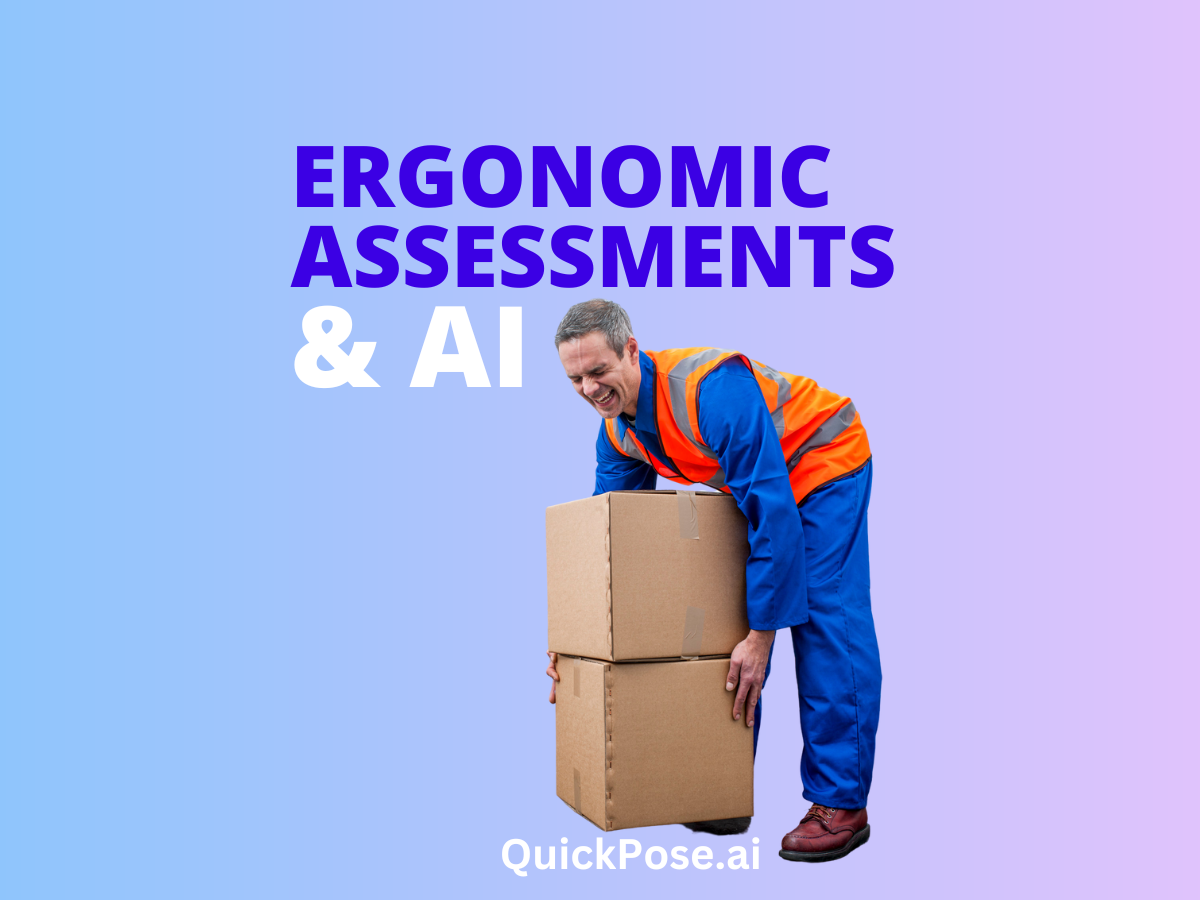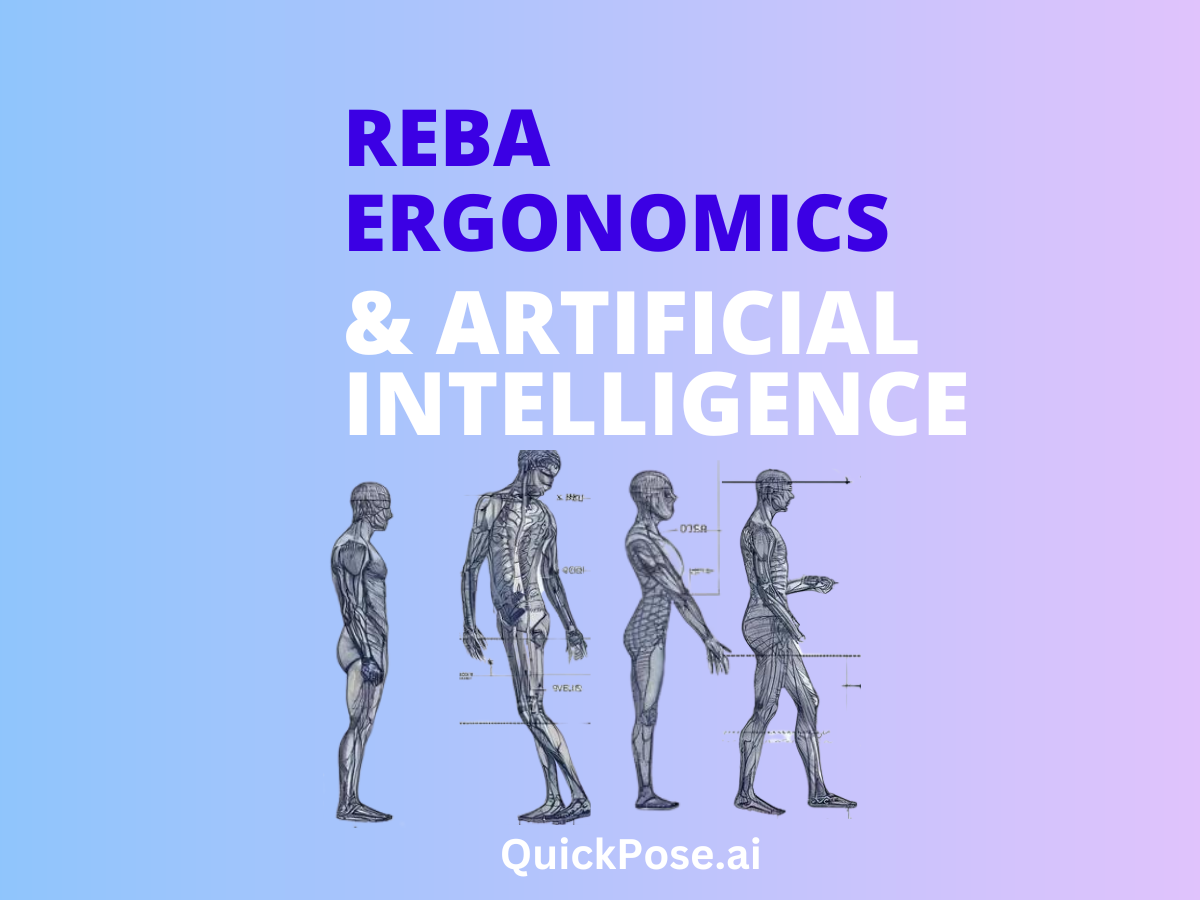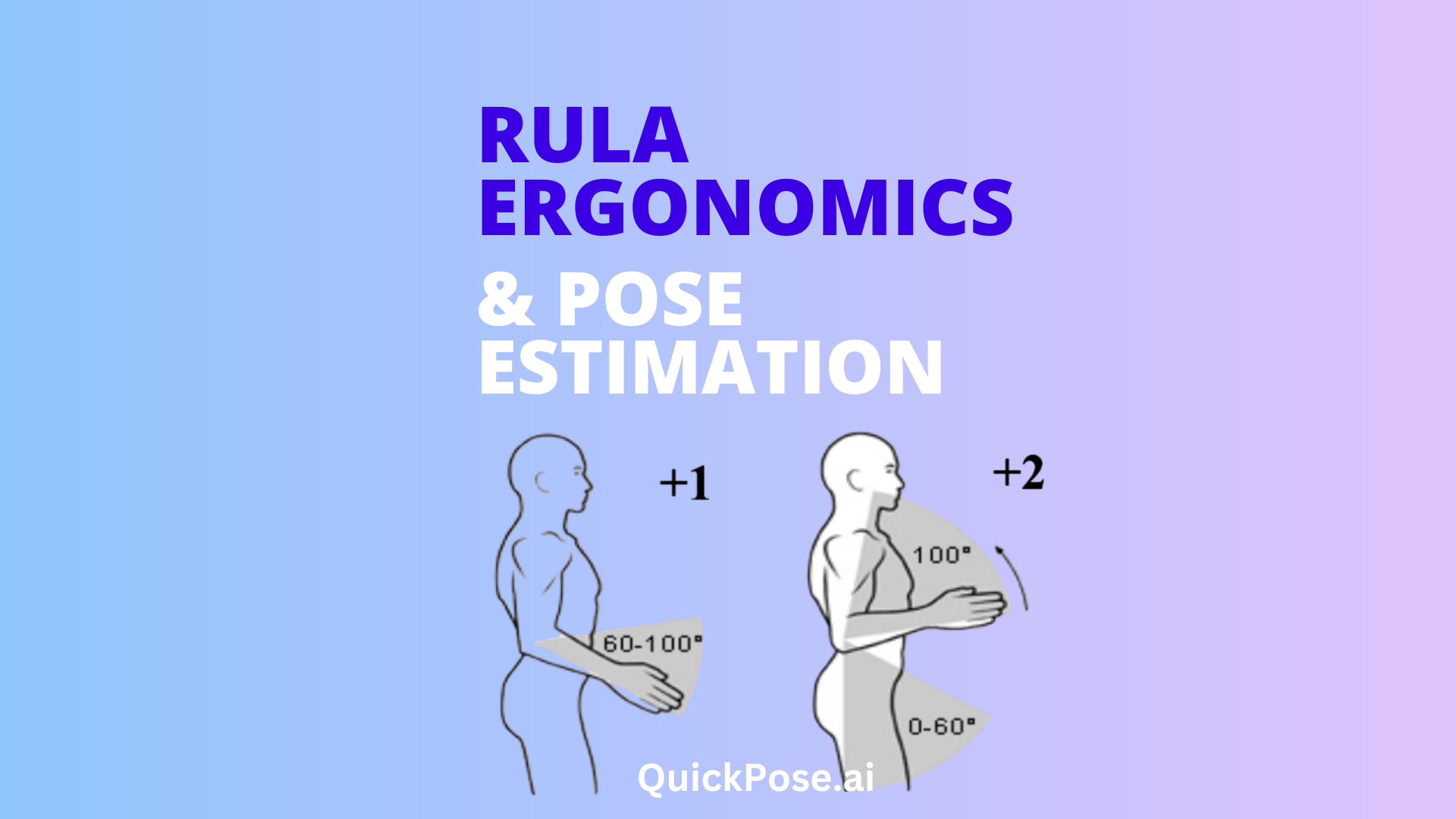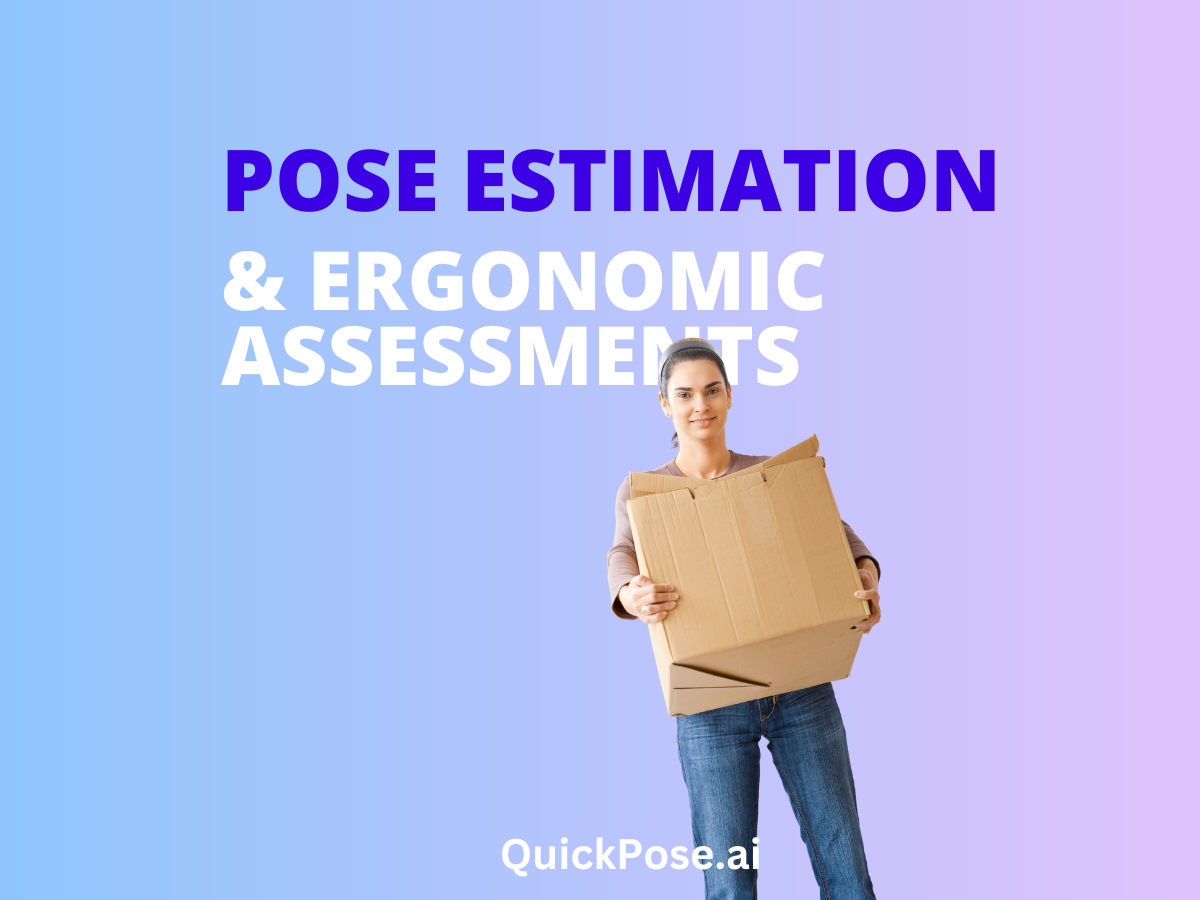AI can significantly enhance ergonomic assessments in the workplace through various applications, leading to more effective identification and mitigation of ergonomic risks. Here are some ways AI can be utilised:
Automated Posture Analysis:
-
- AI-powered systems can analyse video footage of workers in real-time to identify risky postures and movements that may lead to musculoskeletal disorders (MSDs).
- These systems use computer vision to detect and evaluate ergonomic risk factors such as awkward postures, repetitive motions, and excessive force.
Wearable Sensors:
-
- Wearable devices equipped with sensors and AI algorithms can monitor the biomechanical movements of workers throughout the day.
- These devices can provide immediate feedback to workers about their posture and movements, suggesting real-time adjustments to reduce ergonomic risk.
Predictive Analytics:
-
- AI can analyse historical data on workplace injuries and ergonomic assessments to predict where and when future injuries might occur.
- This predictive insight allows for proactive interventions in high-risk areas before injuries happen.
Virtual Ergonomic Assessments:
-
- AI-powered software can conduct virtual ergonomic assessments using digital models of the workplace.
- Workers can input data about their workstations, and AI algorithms can suggest adjustments for optimal ergonomic setup without the need for an in-person evaluator.
Get Access to Our TestFlight Demo
Check out QuickPose iOS SDK abilities in our TestFlight Demo app.
Ergonomic Training and Education:
-
- AI-driven training programs can provide personalised learning experiences based on the specific needs and risk factors of each worker.
- Interactive AI simulations and gamified learning environments can enhance engagement and retention of ergonomic principles.
Data Integration and Analysis:
-
- AI can integrate data from various sources, including sensors, self-reports, and environmental monitors, to provide a comprehensive view of ergonomic risks in the workplace.
- Advanced analytics can identify patterns and correlations that may not be evident through traditional analysis methods.
Robotics and Automation:
-
- AI can guide the development and deployment of robotic systems to assist with or automate tasks that are ergonomically risky.
- Collaborative robots (cobots) can work alongside humans, taking over tasks that require awkward postures or repetitive motions.
Customised Ergonomic Solutions:
-
- AI algorithms can generate customised recommendations for workstation setups, tools, and equipment based on individual worker profiles, including their physical characteristics and job requirements.
By leveraging AI in these ways, organisations can not only enhance the effectiveness and efficiency of ergonomic assessments but also foster a safer, healthier, and more productive workplace environment.




